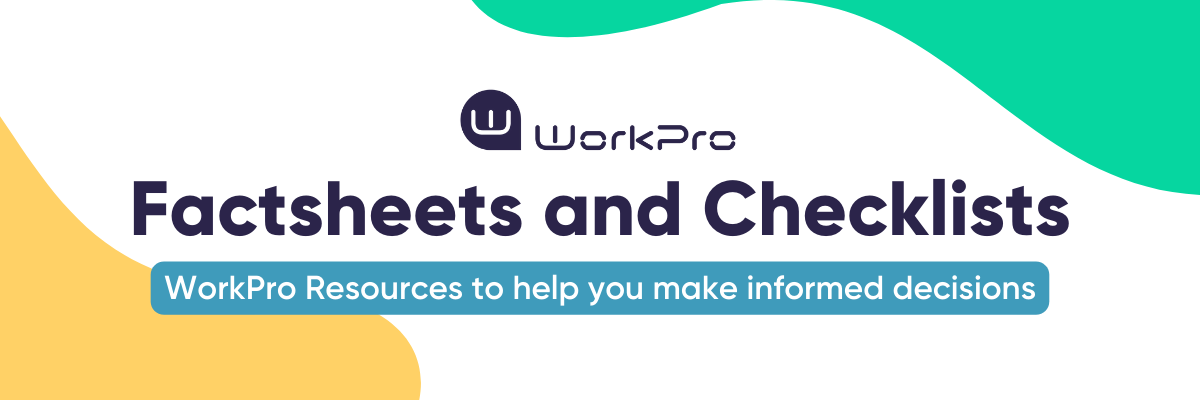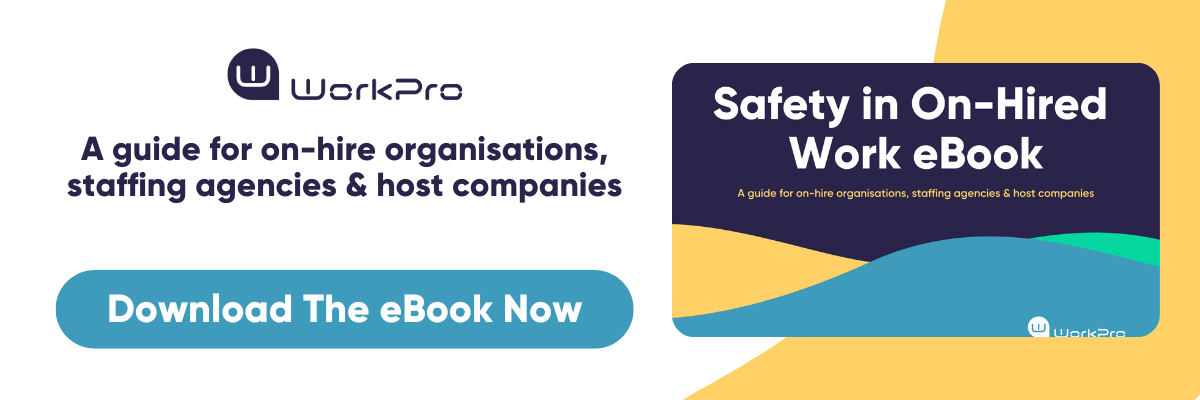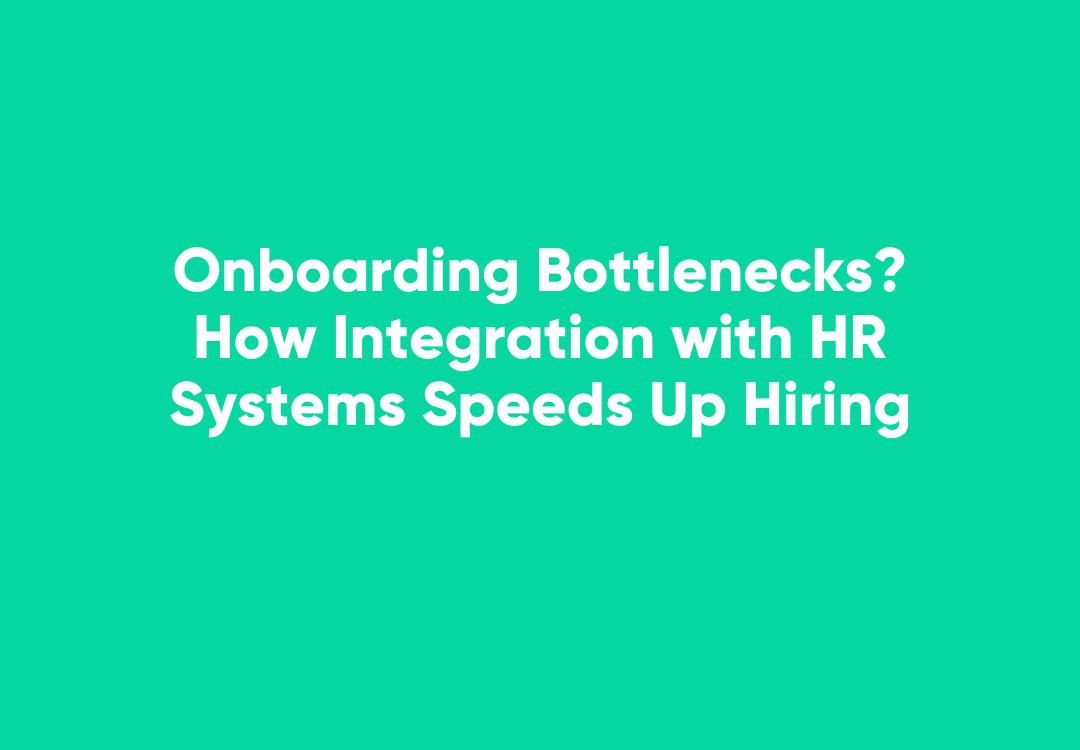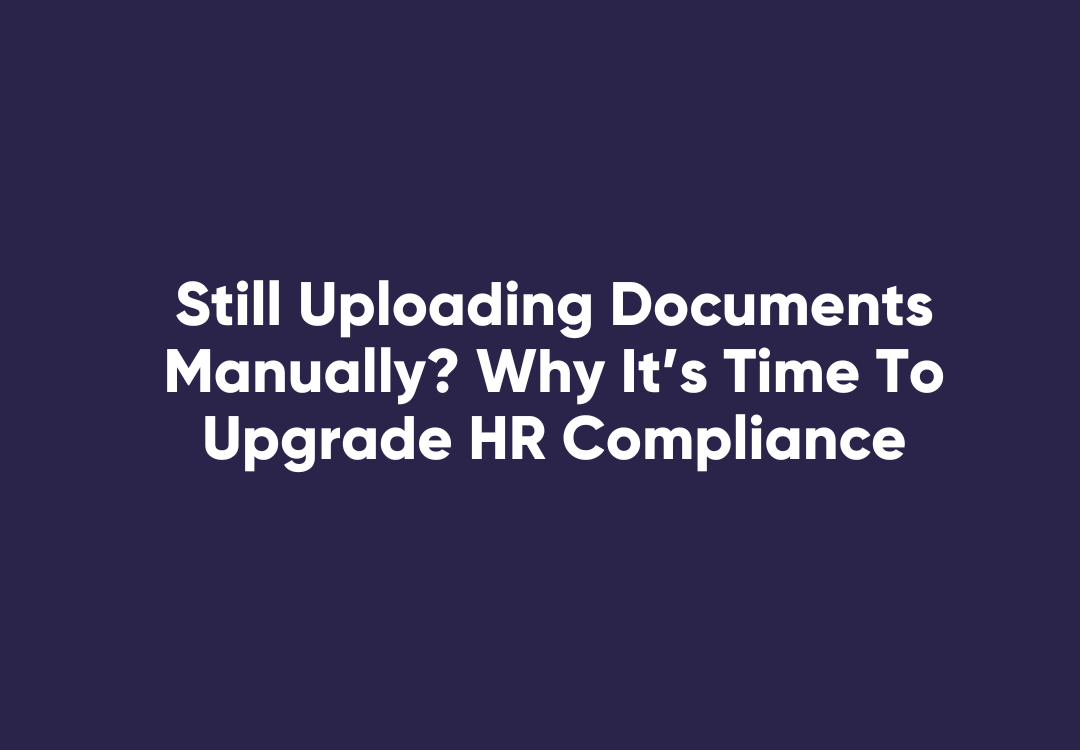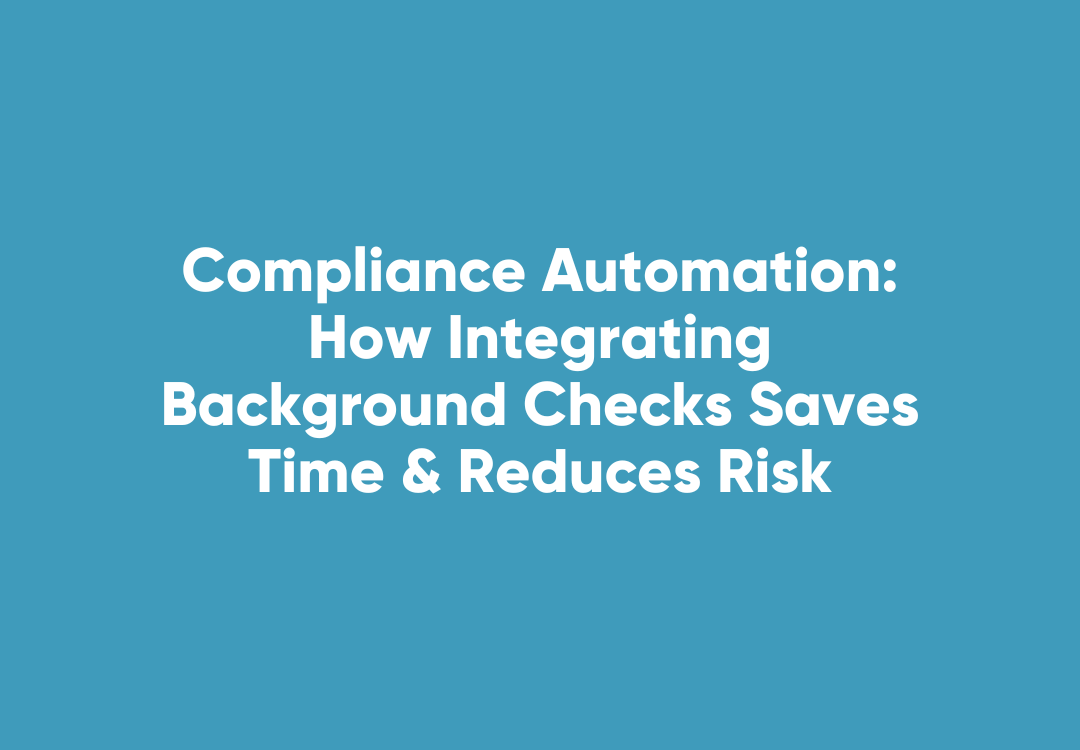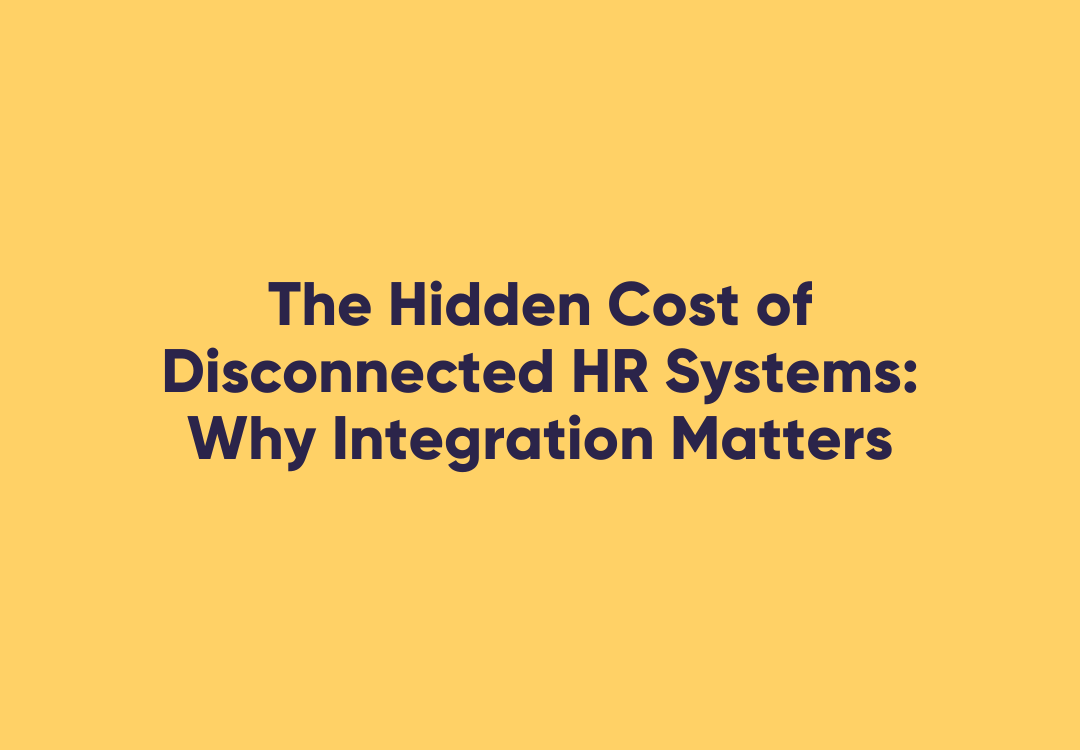Australia’s New Industrial Manslaughter Laws – What You Need to Know
New Industrial Manslaughter Laws in Australia
Australian employers now face up to 25 years in prison and fines of up to $20 million (the highest financial penalties in Australia) under the new industrial manslaughter laws introduced on 1st July 2024.
Industrial or ‘workforce manslaughter’ refers to the offence where a person conducting a business or undertaking (PCBU) engages in conduct which is negligent and breaches an existing duty owed under the safety laws, and that breach causes the death of a person. Conduct (both positive acts and omissions) is negligent if it involves both falling short of the standard of care that a reasonable person would take in the circumstances and there was a high risk of death, serious injury or illness.
With an increasing number of workplace fatalities, the newly imposed laws, and associated penalties, implore employers to design and consistently apply systems of work and a framework that ensures the safety of their workforce. This includes education, information, and safety operating practices.
Industrial Manslaughter Laws by Jurisdiction
The new laws differ across jurisdictions, and the details are summarised below:
Commonwealth
Industrial manslaughter is criminalised at the Federal level under section 30A of the Work Health and Safety Act 2011 (Cth), applying to Commonwealth public sector and Comcare covered licensees. This includes PCBUs covered by the Commonwealth WHS legislation – being Commonwealth departments, agencies and other Commonwealth entities, as well as non-Commonwealth licensees. A PCBU or an officer of a PCBU will commit the offence of industrial manslaughter where they:
- have a duty to ensure health and safety
- intentionally engage in conduct which breaches that duty; and
- are reckless or negligent as to whether the conduct would cause the death. Conduct will be considered to cause a death where it substantially contributes to the death.
Maximum penalties are 25 years’ imprisonment for a PSCU (individual) and $18 million fines for a PCBU (body corporate).
Australian Capital Territory (ACT)
Industrial manslaughter has been an offence within the ACT since 2004. The ACT’s penalties include up to 20 years’ imprisonment for individuals and fines up to $16.5 million for corporations. No prosecutions have occurred to date.
New South Wales (NSW)
New South Wales previously did not recognise industrial manslaughter as an offence, although it existed under the former Occupational Health & Safety Act 2000.
NSW has now introduced industrial Manslaughter laws applied to persons conducting a business or undertaking (PCBUs) and officers of PCBUs, excluding volunteers. Individuals (‘Officers’) can face up to 25 years’ imprisonment, and corporations can face fines of up to $20 million. These laws align NSW with other States' stringent measures.
Northern Territory (NT)
In effect since February 1, 2020, NT’s penalties include life imprisonment for individuals and fines of up to $11.44 million for corporations. There have been two charges so far, one withdrawn and one that remains ongoing.
Queensland
Queensland introduced industrial manslaughter laws in 2017. Penalties include up to 20 years’ imprisonment for individuals and fines of up to $15.48 million for corporations. Queensland has recorded two convictions to date.
South Australia (SA)
SA introduced the new law on July 1, 2024. The penalties are up to 20 years’ imprisonment for a PCBU (individual) and $18 million fines for a PCBU (corporate).
Tasmania
Tasmania is currently the only jurisdiction in Australia that has not implemented industrial manslaughter laws. However, there have been recent developments in this area, as proposed industrial manslaughter laws have passed the lower house of the Tasmanian Parliament. This legislation was introduced by the state Labor Opposition and passed with support from the crossbench, despite the Liberal Party governing in a slim minority. The legislation still needs to pass the Upper House of the Tasmanian Parliament to become law.
Proposed penalties are up to 21 years’ imprisonment for individuals and $18 million fines for corporations.
Victoria
Introduced in 2019, Victoria’s penalties include up to 25 years’ imprisonment for individuals and fines up to $19.23 million for corporations. WorkSafe Victoria has charged four companies in the last four years.
One precedent case is that of a stonemasonry business, sentenced in the Victorian Supreme Court on 19 February 2024. The Court recorded a conviction and issued a $1.3 million fine to the company after it entered a guilty plea to a charge of workplace manslaughter. The sole director of the company was convicted of lesser charges and sentenced to a community corrections order for 2 years, with conditions to complete 200 hours of unpaid community work and to complete a forklift course. In addition, the director and the company were ordered to jointly pay $120,000 in restitution to the family of the deceased worker.
Western Australia (WA)
WA’s laws, effective since March 31, 2022, impose penalties of up to 20 years’ imprisonment and $5 million fines for individuals, and $10 million fines for corporations. No charges have yet been filed.
The Importance of Work Health and Safety
These new laws are designed to enhance workplace safety and encourage business to be vigilant and proactive in complying with safety regulations to avoid penalties, ensuring the safety of their workers.
WorkPro offers a comprehensive collection of
online resources including
eBooks,
checklists and factsheets, as well as
eLearning modules to help your business meet their obligations to keep workers safe. You can also find out more about the latest compliance updates for FY24-25 in our
blog. For labour hire and staffing agencies who on-hire their workers, the duty of care is a shared obligation. This triage relationship attracts additional complexity as the worker is not under the direct supervision of the worker. In this case, WorkPro offers a range of
resources and
eLearning modules to assist in creating a learning and knowledge program which will help to inform and educate agency, host and worker. We invite you to
contact us to access a comprehensive range of eLearning modules to assist you to meet this responsibility.
Looking for a practical solution to manage your obligations?
Contact us now to get support.


